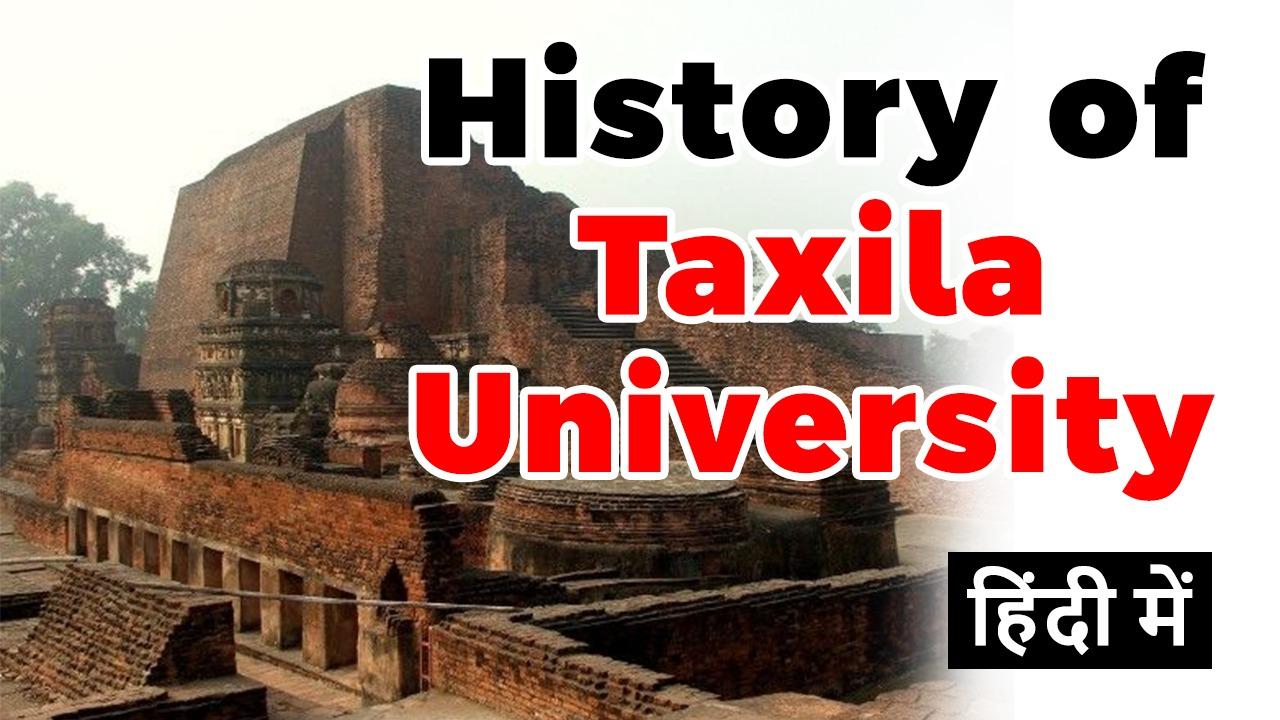Table of Contents
TAXILA
- Taxila is an important archaeological site in Indian subcontinent located in the modern city with the same name in Punjab, Pakistan.
- Ancient Taxila was situated at the pivotal junction of the Indian subcontinent and Central Asia. The origin of Taxila as a city goes back to c. 1000 BCE.
- Some ruins at Taxila date to the time of the Achaemenid Empire in the 6th century BCE, followed successively by Mauryan Empire, Indo-Greek, Indo-Scythian, and Kushan Empire periods.
TAXILA
- When the great ancient trade routes connecting these regions ceased to be important, the city sank into insignificance and was finally destroyed by the nomadic Hunas in the 5th century.
- The renowned archaeologist Sir Alexander Cunningham rediscovered the ruins of Taxila in the mid-19th century. In 1980, Taxila was declared a UNESCO World Heritage Site.
- By some accounts, the University of Ancient Taxila was considered to be one of the earliest (or the earliest) universities in the world.
UNIVERSITY
- The renowned University of Taxila became the greatest learning centre in the region, and allowed for exchanges between people from various cultures.
- The University was particularly renowned for science, especially medicine, and the arts, but both religious and secular subjects were taught, and even subject such as archery or astrology.
- Many Jataka of early Buddhist literature mention students attending the University.It is believed that over 10,000 students from China, Babylon, Syria and Greece in addition to Indian students studied there.
UNIVERSITY
- The role of Taxila University as a center of knowledge continued under the Maurya Empire and Greek rule (Indo-Greeks) in the 3rd and 2nd centuries BCE.
- The destruction of Toramana in the 5th century CE seem to have put an end to the activities of the University
STUDENTS
- Taxila had great influence on Hindu culture and the Sanskrit language. It is perhaps best known for its association with Chanakya.
- The Ayurvedic healer Charaka also studied at Taxila. Pāṇini, the grammarian who codified the rules that would define Classical Sanskrit, has also been part of the community at Taxila.
- Each teacher formed his own institution, enjoying complete autonomy in work, teaching as many students as he liked and teaching subjects he liked without conforming to any centralised syllabus.
STUDENTS
- Study terminated when the teacher was satisfied with the student’s level of achievement. In general, specialisation in a subject took around eight years.
- Paying students, such as princes, were taught during the day, while non-paying ones were taught at night. Gurudakshina was usually expected at the completion of a student’s studies, but it was essentially a mere token of respect and gratitude – many times being nothing more than a turban, a pair of sandals, or an umbrella.
STUDENTS
- No convocations were held upon completion, and no written “degrees” were awarded, since it was believed that knowledge was its own reward.
- Students arriving at Taxila usually had completed their primary education at home (until the age of eight), and their secondary education in the Ashrams (between the ages of eight and twelve), and therefore came to Taxila chiefly to reach the ends of knowledge in specific disciplines.
Indian History | Free PDF






















 WhatsApp
WhatsApp